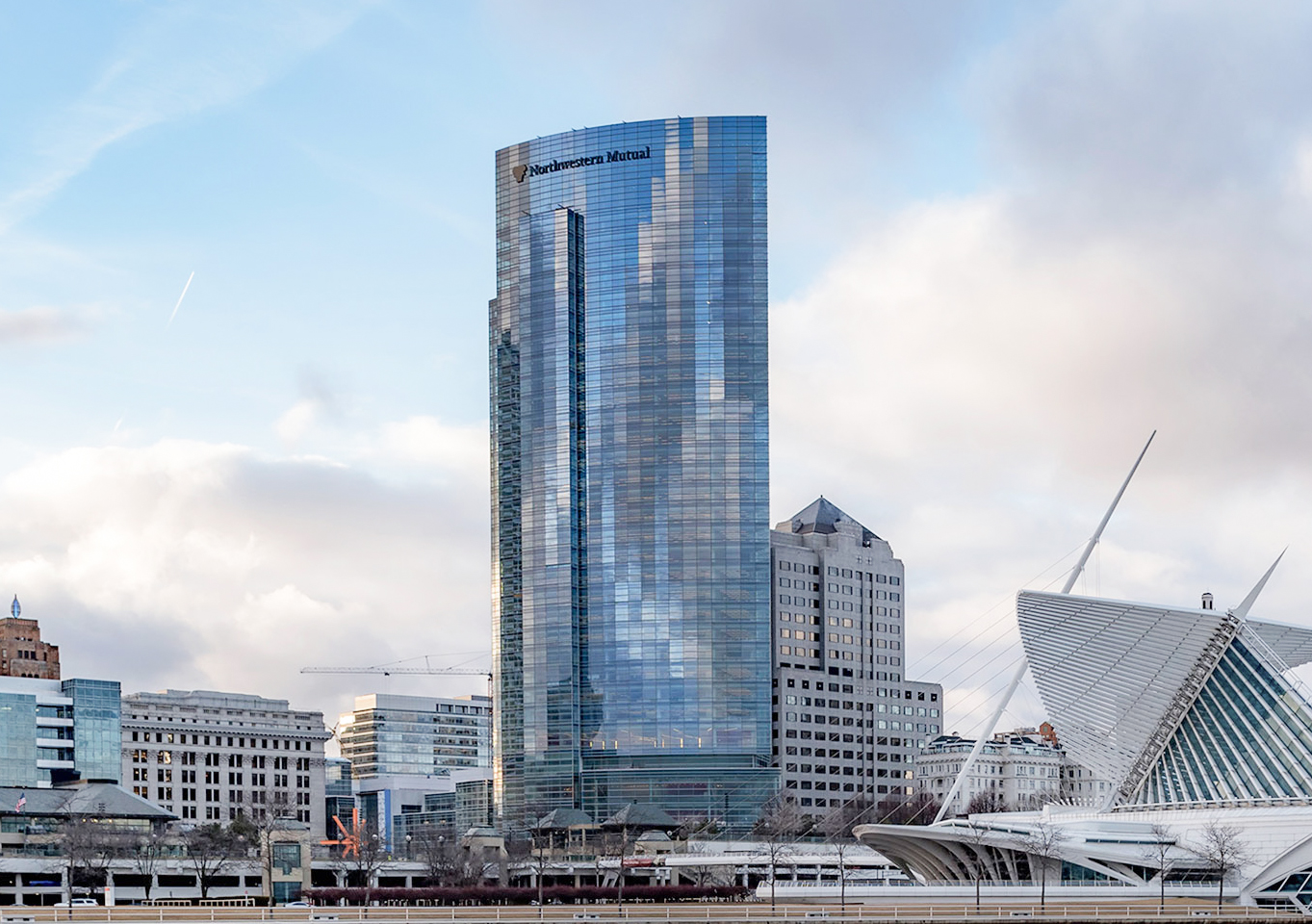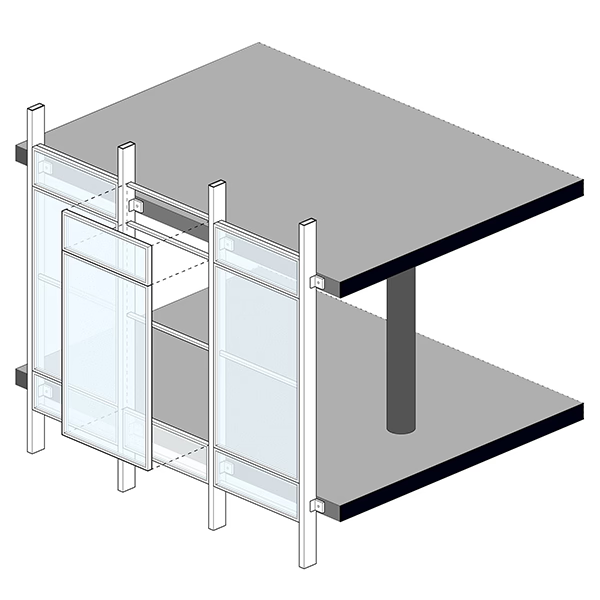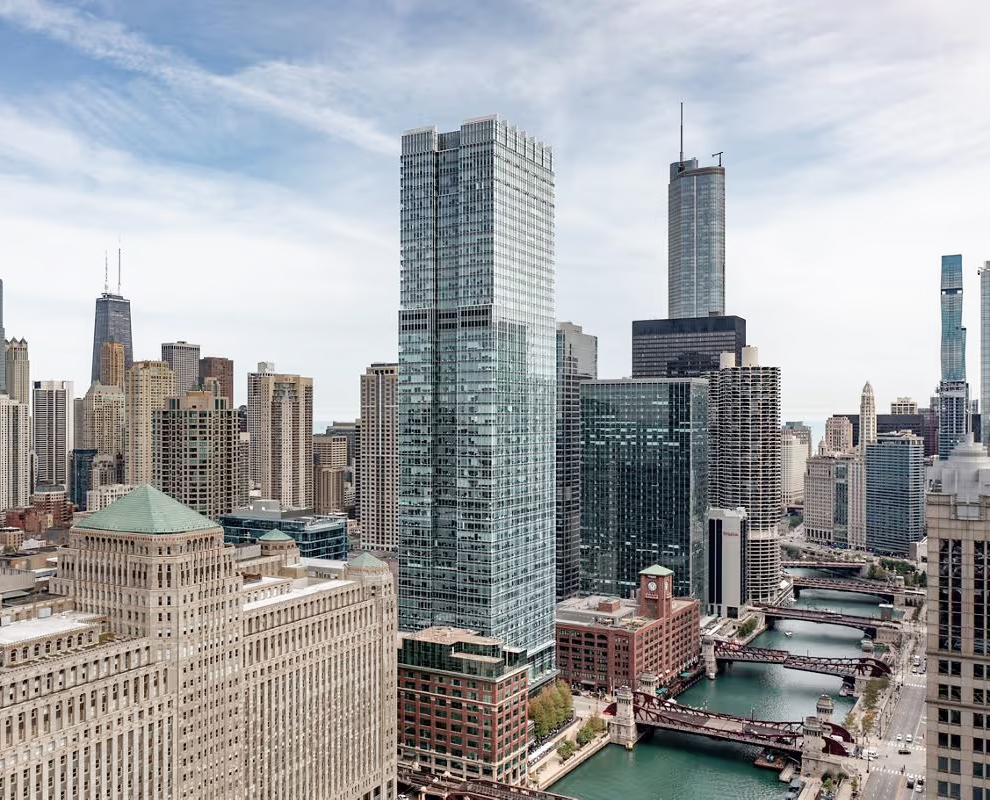The Northwestern Mutual Tower and Commons is a Contemporary skyscraper designed in 2012 by Pickard Chilton, with Jon Pickard as lead architect, in association with Kendall Heaton Associates, and built between 2014 and 2017, for a reported $450 million dollars, in Milwaukee, WI.
Its precise street address is 805 East Mason Street, Milwaukee, WI. You can also find it on the map here.
The Northwestern Mutual Tower and Commons has received multiple architecture awards for its architectural design since 2017. The following is a list of such prizes and awards:
- Americas Property Award - Commercial High-Rise Architecture Award in 2018
- City of Milwaukee - Mayor's Design Award in 2018
- Milwaukee Business Journal Real Estate Awards - Project of the Year in 2018
- American Architecture Awards - Honor Award in 2019
- AIA Connecticut Design Awards Excellence Award in 2019
The name Northwestern Mutual Tower and Commons refers not only to the office tower, but to a public space known as "Commons" as well, which spans two blocks.


